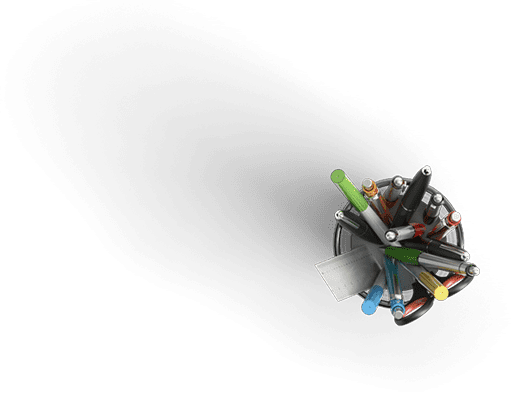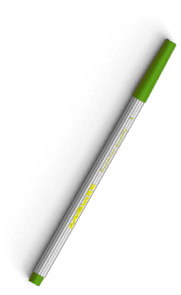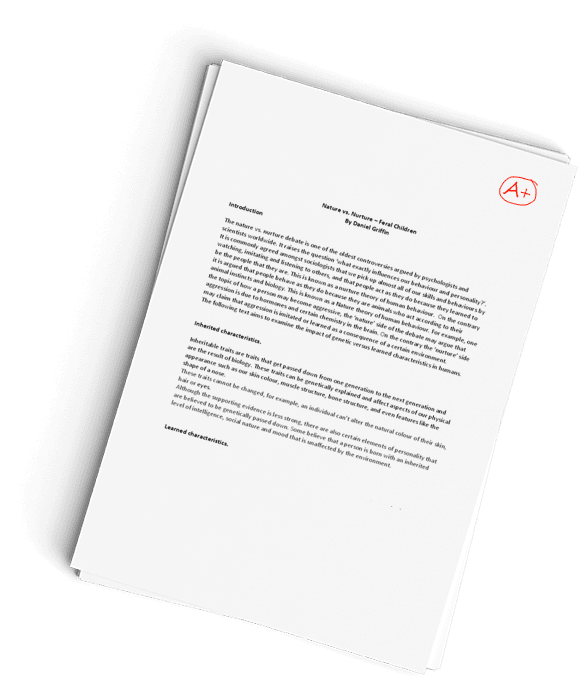Cuyamaca Squamous Cell Carcinoma Growth of Abnormal Cells in The Skin Literature Rev
Question Description
PICO QUESTION : For patient with possible squamous cell carcinoma, would excisional biopsy or papsmear be more beneficial in providing a more accurate diagnosis of the lesion
PICO Components (These should be used to help establish your search strategy)
Problem: Squamous cell carcinoma lesion
Intervention: Excisional biopsy
Comparison: Pap smear
Outcome: More accurate diagnosis of the lesion
Annotated Bibliography Assignment Grading Rubric Draft Due: 11/02/2020 (3 PARAGRAPHS)
Description
What is an annotated bibliography?
– it summarizes an entire work with a brief description
– it provides a review of the literature published/available on a given topic
– it illustrates the scope and quality of the literature research you have conducted
– assists readers to decide if a source is appropriate for their research
– it can inform the reader about the accuracy and relevance of a piece of research
– it often serves as the first step in a larger research project by helping the researcher organize the material and examine the potential use of each source. It enables the researcher to gain some perspective on a topic and to identify a good research question or thesis.
The annotated bibliography will include a list of references (in standard APA format – alphabetized by author, hanging indent). A commentary follows each listed reference and should include five elements of critical analysis: purpose, summary of argument/evidence, conclusion, credibility, and evaluation or critical analysis.
There are FIVE elements to include in an annotated bibliography:
Purpose
Main evidence/Argument Conclusion
Credibility
Critical Analysis
You will be writing a combination of all elements with emphasis on the summative. Notes that the first four elements are non-evaluative; the fifth element is evaluative. I suggest that you confine your evaluation to how you anticipate using this article in answering your PICO question.
Grading Considerations
Include only significant ideas and details
– Brevity (150-200 words per each reference; 2-3 paragraphs maximum)
– Double-spaced
– Conciseness (Make every word count)
– Use complete sentences (Not just phrases)
– No direct quotations. Use your own words. Do not cut and paste directly from a
database abstract.
– THREE references presented, listed in alphabetical order, APA 6th edition
– Structure
Paragraph 1: purpose, main evidence/arguments, conclusion
Paragraph 2: credibility and critical analysis
Literature Review Assignment Grading Rubric Draft Due: 11/02/20 (4 PAGES)
Description
What is literature review?
A literature review is both a noun and a verb. As a verb, the literature review is the process of reading, analyzing, evaluating, and synthesizing scholarly materials about a particular topic. As a noun, the literature review is a brief report of the above process that is used to
|
– Critically summarizes and evaluates the existing published work in a selected research area – Aims to review the existing literature, identify the research gap, place the study in relation to other studies to evaluate promising research methods and suggest further research |
|
– Allows for a research question to be formed after writing identifying the research gap |
Writing a literature review involves finding relevant, critically analyzing them, and explaining what you found. There are five key steps:
- Search for relevant literature (Annotated Bibliography) – THREE or more references
- Evaluate sources (Annotated Bibliography)
- Identify themes, conflicts, and gaps
- – Trends and patterns (in theory, method or results): do certain approaches become more or less popular over time?
- – Themes: what questions or concepts recur across the literature?
- – Debates, conflicts and contradictions: where do sources disagree?
- – Pivotal publications: are there any influential theories or studies thatchanged the direction of the field?
- – Gaps: what is missing from the literature? Are there weaknesses that needto be addressed?
- Outline the structure (your choice)
- – Chronological – simplest approach is to trace the development of the topicover time. Analyze patterns, turning points and key debates that have shaped the direction of the field. Interpret how and why certain developments occurred.
- – Thematic/Trends – find recurring central themes, that help you organize your literature review into subsections that address different aspects of the topic.
- – Methodological – compare the results and conclusions that emerge from different approaches. For example:
- – Theoretical – discuss various theories, models, and definitions of key concepts.
- Write your literature review
STRUCTURE
|
Introduction: Gives a quick idea of the topic of the literature review, such as the central theme or organizational pattern. Body: Contains your discussion of sources and is organized either chronologically, thematically/trend, or methodologically, or theoretically. |
|
Conclusions/Recommendations: Discuss what you have drawn from reviewing literature so far. Where might the discussion proceed and identify gaps in knowledge |
Grading Cosiderations
– 3-4 pages, double spaced. 1⁄2 inch margins
– Needs to address:
- Define the problem being addressed and its importance,
- Provide a brief overview of the science as described in the publishedliterature,
- Discuss the gaps in knowledge or other barriers to advancing the sciencein this area,
- Introduce key points and elucidate complex concepts (that you plan toexpand upon in your specific aims or another section of your proposal)
Have a similar assignment? "Place an order for your assignment and have exceptional work written by our team of experts, guaranteeing you A results."








